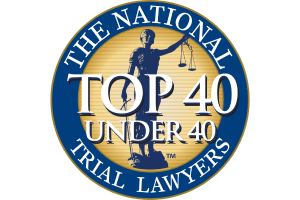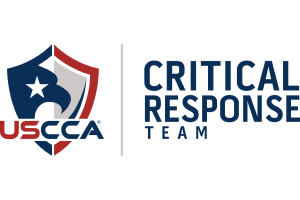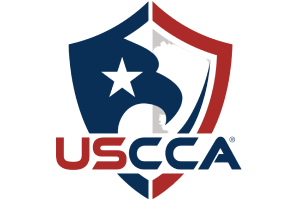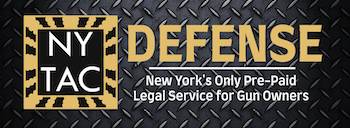Representation.
Compensatory Damages
In New York, plaintiffs in personal injury cases can recover damages called compensatory damages. These damages put the plaintiff back in the position they would have been in, had the harm not happened. Compensatory damages must be established by showing that the defendant violated the plaintiff’s legally protected rights. Even if a defendant hurts a plaintiff, if the defendant’s acts don’t violate the law, the plaintiff can’t seek compensatory damages in court.
The Experienced New York Personal Injury Lawyers at Tilem & Associates Will Aggressively Prosecute or Defend Your Personal Injury Case. If You are Being Sued or You Have Sustained a Severe Injury Call Our Offices Now for a Free Consultation. 877-377-8666.
For example, in one case, heavy smokers who needed to be pre-screened for smoking related diseases and cancer could not sue tobacco companies for compensatory damages. The court found that the smokers had not sustained any injury yet. Smoking only increased the plaintiff’s risk of getting cancer or other smoking related illness. The law did not give the plaintiff a right to damages for “increased risk”, only for actual injury.
Compensatory damages are limited by the rule against double recovery. The rule against double recovery prohibits plaintiffs from recovering the same damages twice for the same injury. No matter how many causes of action the plaintiff sues under, the plaintiff can only recover once. The rule against double recovery also stops plaintiffs from suing in separate actions for the same injury. Even if multiple people are responsible for harming the plaintiff, the plaintiff can only recover once. It follows that plaintiffs need to prove their past and future damages at trial, because they will not get a second bite at the apple. There is an exception to the rule against double recovery. It applies when a plaintiff sues multiple defendants for the same harm and settles with one of the defendants. Settlement does not prevent the plaintiff from suing a second defendant for the same harm unless the settlement agreement explicitly prohibits suing other defendants. The reason for this exception is that settlement typically does not fully compensate a plaintiff for their injuries.
Defendants cannot escape liability just because a plaintiff cannot precisely measure their compensatory damages. The plaintiff needs to prove the extent and the amount of their compensatory damages by a reasonable certainty. This does not prevent plaintiffs from recovering damages when their harms are not capable of precise computation or measurement. Courts are more concerned with determining whether the defendant was responsible for the damages. Generally, once the plaintiff proves that the defendant caused their damages, the defendant needs to shoulder the risk of the plaintiff’s uncertain damages. On the other hand, courts will not accept a plaintiff’s damages based only on the plaintiff’s speculations or guessing. The plaintiff still needs to establish damages by a reasonable certainty. Even when the defendant loses because they fail to show up in court, the plaintiff must prove their damages by a reasonable certainty.
In most cases, plaintiffs recover compensatory damages for three things, pain and suffering, medical expenses, and loss of earnings. Compensatory damages for pain and suffering usually make up a substantial part of any personal injury jury verdict. Pain and suffering damages have three main elements, physical pain, mental anguish, and loss of the enjoyment of life’s pleasures. To recover for pain and suffering, plaintiffs need to be conscious when they are hurt. When plaintiffs endure traumatic brain injuries, this rule can make establishing damages difficult. But, plaintiffs can recover for past and future pain, scarring, and disfigurement. A plaintiff’s testimony can establish damages for pain and suffering, but, medical experts can persuade juries to return a larger verdicts in the plaintiff’s favor. A plaintiff can establish damages for mental suffering by showing nervousness and shock following the accident, humiliation, concerns about their health, feelings of embarrassment and insecurity due to scarring. Medical expenses can vary widely and can include treatments that the plaintiff will need for the rest of their life. Additionally, plaintiffs can recover the amount he or she would have earned without the injury, including lost future earning capacity.
The Experienced New York Personal Injury Lawyers at Tilem & Associates will Use the Toughest Legal Tactics to Fight Your Personal Injury Case. Call Us 24/7 at 877-377-8666 for a Free Consultation.

















